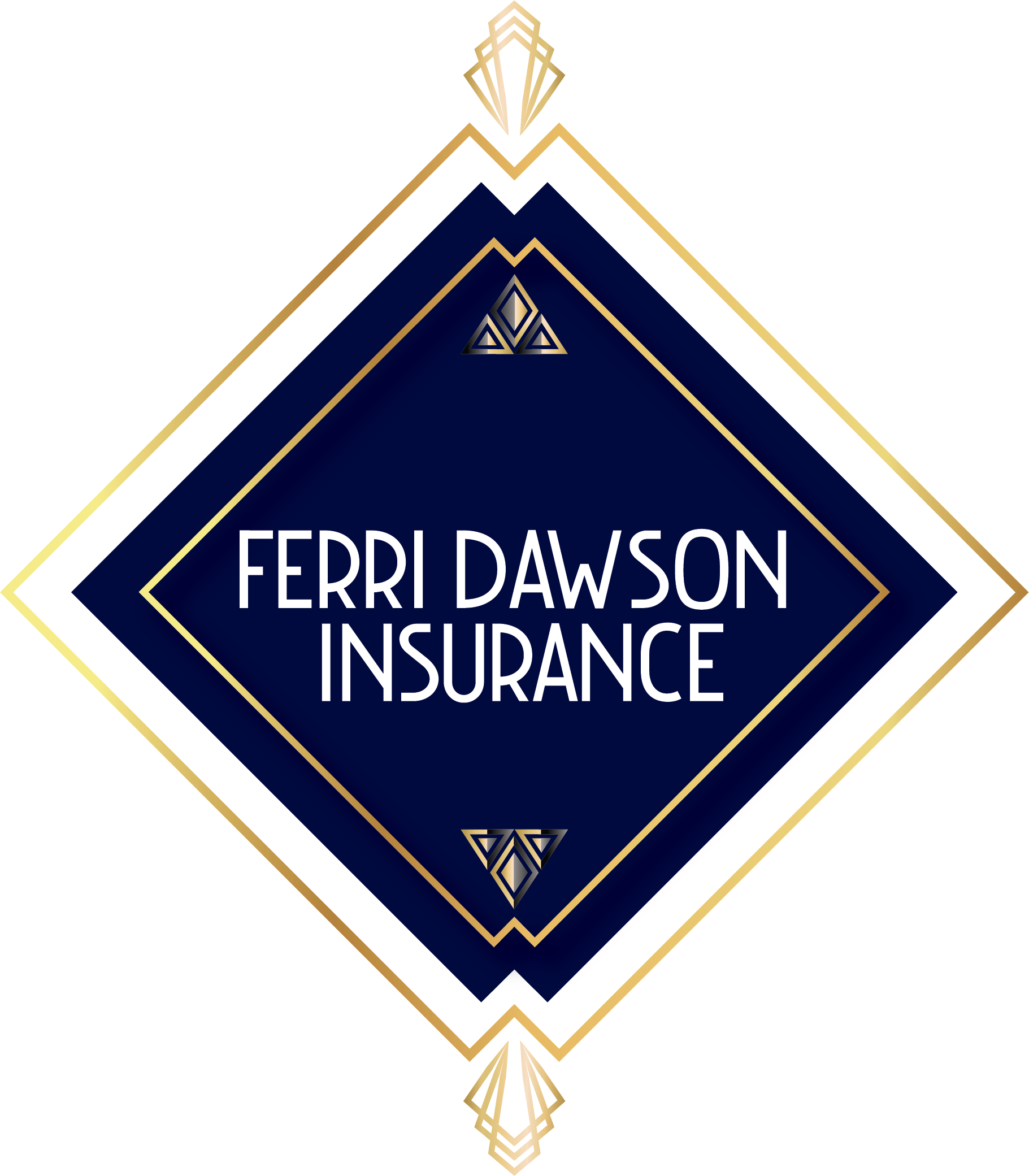A condominium is different from a house – you own a part of the building, but not all of it. Insurance for condominium owners is different as well.
Like homeowners or renters, people who own a condo unit want to be insured against the financial loss brought on by fire, theft and lawsuits. However, a condo will typically be covered by two separate insurance policies that insure two different parts of the whole.
The first policy is held by the condo association. It can sometimes be known as the master policy. This policy covers the structures and areas owned in common by all the unit owners. This generally includes the roof and exterior walls, stairways, elevators, recreation rooms, swimming pool and grounds.
The other policy is your individual coverage, and it needs to protect the portion of the building that belongs to you as well as your personal property.
What do you own?
Which parts belong to you? Depending on the particular condominium you buy into, you might own (and have responsibility for insuring, if coverage is available) everything between the bare walls, floor, and ceiling of your unit. This may include carpeting, floor tile, bathroom fixtures, cabinets, appliances, countertops and interior walls.
Now, in some cases the master policy might cover your unit’s original fixtures. If this is the case you would be responsible for any alterations or modifications that you make. In other cases you might also be responsible for what’s inside your walls: plumbing and wiring.
The details of what property you own should all be spelled out in the association agreement you receive at the time you purchase the condominium. It’s best to bring that agreement along when you discuss condo insurance coverage with your agent.
What does condo insurance cover?
One feature of condominium insurance, as with homeowners insurance, is coverage for the structure – the inside of your unit. A condo policy will generally cover interior structures, such as cabinets, flooring and countertops within your unit’s surrounding walls, but only as specified in your policy. For example, damage to the interior of your unit due to fire or vandalism may be covered. Damage caused by neglect may not be.
That’s not all a standard policy usually protects. Typical condo insurance coverage may help cover:
- Personal property, such as your furniture, clothing and belongings.
- Damage to another’s property for which you’re held responsible.
- Medical payments, if a guest is injured on your property.
- Loss assessments when a covered peril damages the community’s common property and your association bills you for a share of the repair costs.
- Temporary housing costs if you’re unable to live in your unit due to a covered loss.
How much coverage should you get?
This will largely be determined by the association agreement. Reviewing that with the help your insurance agent will determine exactly what parts of the structure you are responsible for insuring. Since there is much less structure and property to cover with condo insurance than with homeowners, it generally costs less to insure a condo. Take inventory of your personal property, giving special attention to costly or irreplaceable items.
You can check out this article from our friends at Nationwide for additional info on condo insurance.
If you have questions about condo insurance or your master policy, please give us a call at 724-575-7237.
